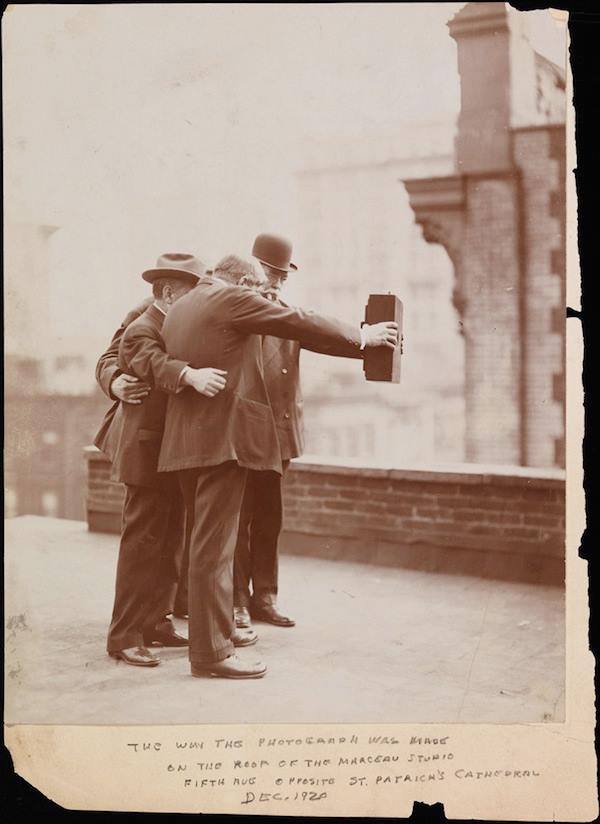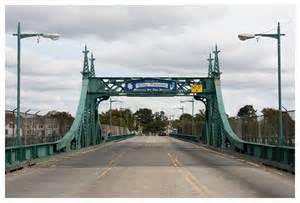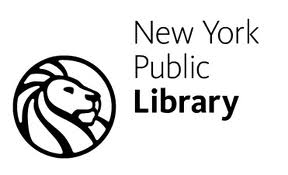BRONX SPEAKS

Bronx Speaks: No Boundaries Brings Together 60 Artworks Selected by 20 Bronx Arts Organizations that forms the Bronx Arts Alliance
Exhibit is part of Bronx Day of the Annual New York Armory Week. This is the third annual exhibit presented by the Bronx Arts Alliance (BxAA) as part of the international art fair — The Armory Show. A curatorial committee from 20 Bronx arts organizations selected over 60 artworks featuring Bronx, US and International Artists who live, or have shown, in the Bronx. The exhibit will take place at The Bronx Museum of the Arts from Wednesday, March 5th through Sunday, March 9th and will be installed by independent curator Sarah Corona.







